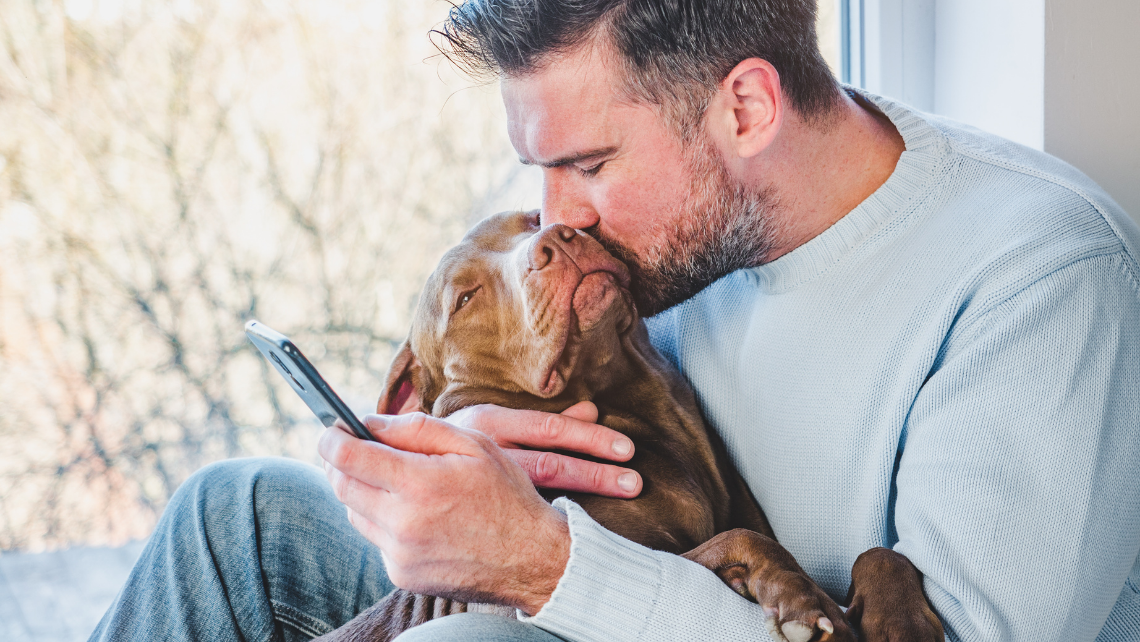It’s hard to feel helpless, but having a sick dog and not being able to heal him soon has to rank near the top. You let him mope around until you realise you need to take him to the vet to figure out what’s wrong with him.
Waiting for symptoms to increase is, unfortunately, a sure fire method to transform a minor health condition in a dog into a MAJOR one.
In my lifetime, I’ve had many dogs as pets. Also, I have incurred a substantial amount of debt on animal medical care. It goes without saying that if you aren’t familiar with home remedies for some of the more prevalent canine ailments, the cost of maintaining your dog’s health can quickly become prohibitive.
Once you have the proper knowledge, treating common canine health problems including diarrhoea, dry skin, parasites, infections, cough, allergies, and so on is a breeze. Maybe that’s what prompted you to look into dog health guides today.
Because to the information in the “Ultimate Dog Health Guide,” I now only take my dog to the vet every fourth year. By resolving health issues at home instead of taking expensive trips to the vet, I’ve cut my veterinary care costs by about three quarters.
Consider the topic of “hot spots” in canine health. To those who aren’t familiar, “hot spots” are skin sores that develop after a dog experiences a tiny scratch or abrasion and then gets infected.
While playing in the yard, your dog inevitably may rub up against some plants or limbs. It’s possible to get a tiny scratch or scrape from the branches. The scab that forms on the wound as it heals is extremely irritating. You can’t teach an old dog new tricks, so he just tries to scratch, bite, and lick the irritation. This not only leads to infection but also prevents the wound from healing. It causes a persistent skin sore that becomes called a “hot spot” when it won’t heal.
In most dogs, this is a rather typical occurrence. Prior to reading the Ultimate Dog Health Guide, I had no idea how to handle the situation. Home cures were recommended by the manual as a means of fixing the problem. My dog’s itchy spot was relieved when I applied some vaseline to it.
After a while of picking at the wound, he finally gave up and let it heal. Many other and extra home treatments were proposed for this issue. For me, vaseline was the only thing that worked. The book also included recipes for concoctions using everyday materials to treat skin irritation and discourage further licking by dogs.
This is just one example of the thousands of dollars I was able to save thanks to The Ultimate Dog Health Guide. It showed me how to treat the most typical tummy issues in my pets. Having figured out EXACTLY how to focus their home treatment remedies, I never again had to worry about diarrhoea or constipation.
The information in the guide empowered me to provide for my dog without relying solely on veterinary treatment.
Don’t misunderstand me. There’s no way I could oppose scientific advances in healthcare. Unfortunately, the truth is that 90% of canine health problems you encounter may be treated at home. Having a detailed tutorial to follow is all that’s needed to get started.


